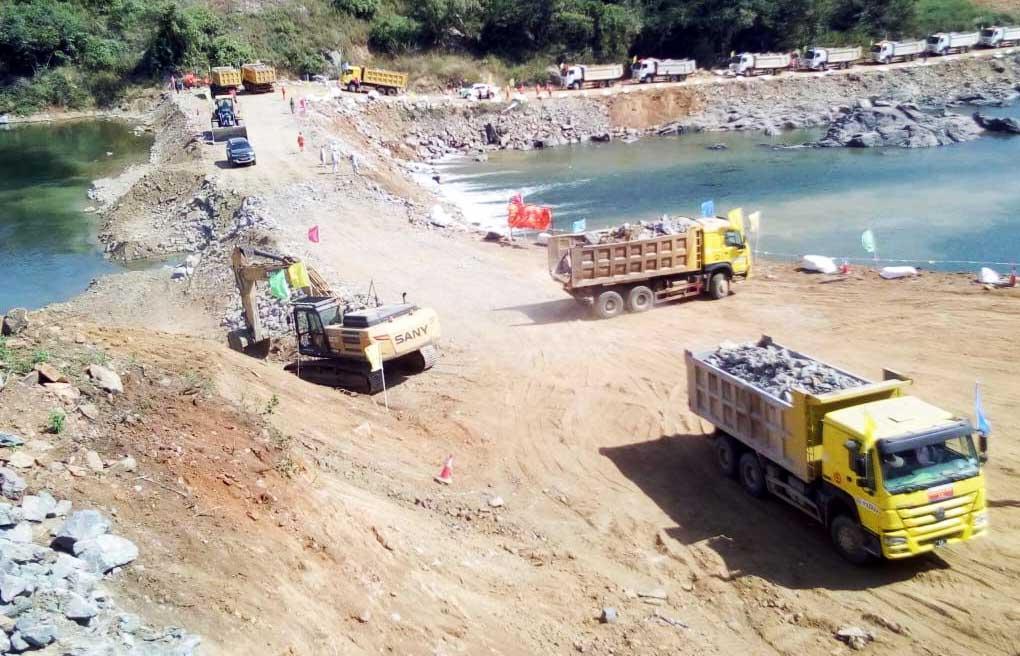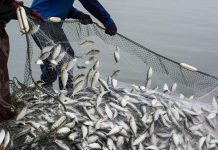Africa-Press – Angola. The energy to be produced at the Caculo-Cabaça Hydroelectric Facility (AHCC), in Cuanza Norte, will serve the country and the countries of Southern Africa, via the Southern African Power Pool (SAPP).
The Southern African Power Pool is a cooperative organization of the national electricity companies of Southern Africa, of which Angola is a part.
The export of energy, within the framework of the SAPP, will be completed when the construction work on the Caculo-Cabaça dam is completed in 2028.
The information is contained in an institutional video by the Ministry of Energy and Water shown at the ceremony that marked the provisional deviation of the course of the river Kwanza, at the AHCC, honored by the President of the Republic, João Lourenço.
SAPP allows member countries to participate in executive exchanges with energy pools, independent system operators and regulatory agencies that deal with international trade.
Alongside Angola are SAPP member countries Botswana, Democratic Republic of Congo, Eswatini, Lesotho, Mozambique, Malawi, Namibia, South Africa, Tanzania, Zambia and Zimbabwe.
The focus of this partnership is the interaction with the regional energy market, the standardization of regulations, tariffs and the adaptation of the sector’s legislation.
The Caculo-Cabaça dam could be the third largest hydroelectric dam in Africa. The other two are in Egypt and Nigeria.
With five turbines planned, four of which with 534 megawatts, the dam to be built will be 525 meters long, 103 meters high and nine meters wide.
The hydroelectric plant will be of the “gravity” type made of compacted concrete.
Its construction will require 370,000 cubic meters of open pit excavations, 413,700 cubic meters of conventional concrete and 1.17 million cubic meters of compacted concrete, among other operations.
At the peak of its construction, Caculo-Cabaça will employ around 8,000 workers, including nationals and foreigners.
The undertaking will also demand a lot from national companies that produce cement, steel, aggregates and metalworking.
The construction works of Caculo-Cabaça began in August 2017, with the hiring of the Chinese contractor, CCBG.
The financing of the contract is being supported by two lines. The first from the Industrial and Commercial Bank of China, with USD 4.5 billion. The second from the Federal Government of Germany, with USD 1.1 billion.
Also in terms of investment in electricity production in Angola, emphasis should be given to the completion, this year, of the rehabilitation and expansion of the Matala power stations, in Huíla, which goes from 18 to 40 megawatts of capacity, that of Luachimo, in Lunda-Norte, which goes from 8 to 34 megawatts.
For More News And Analysis About Angola Follow Africa-Press






